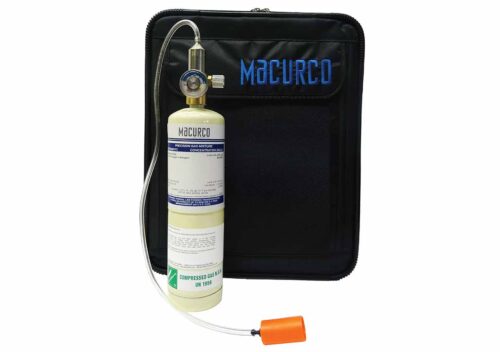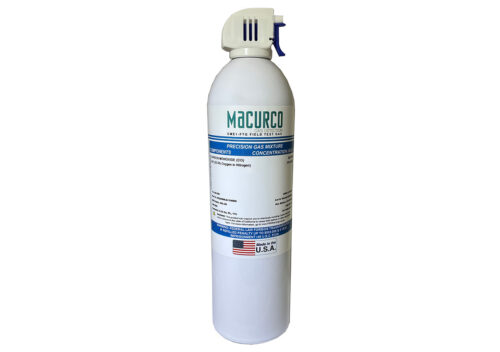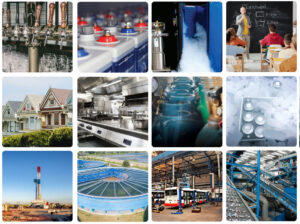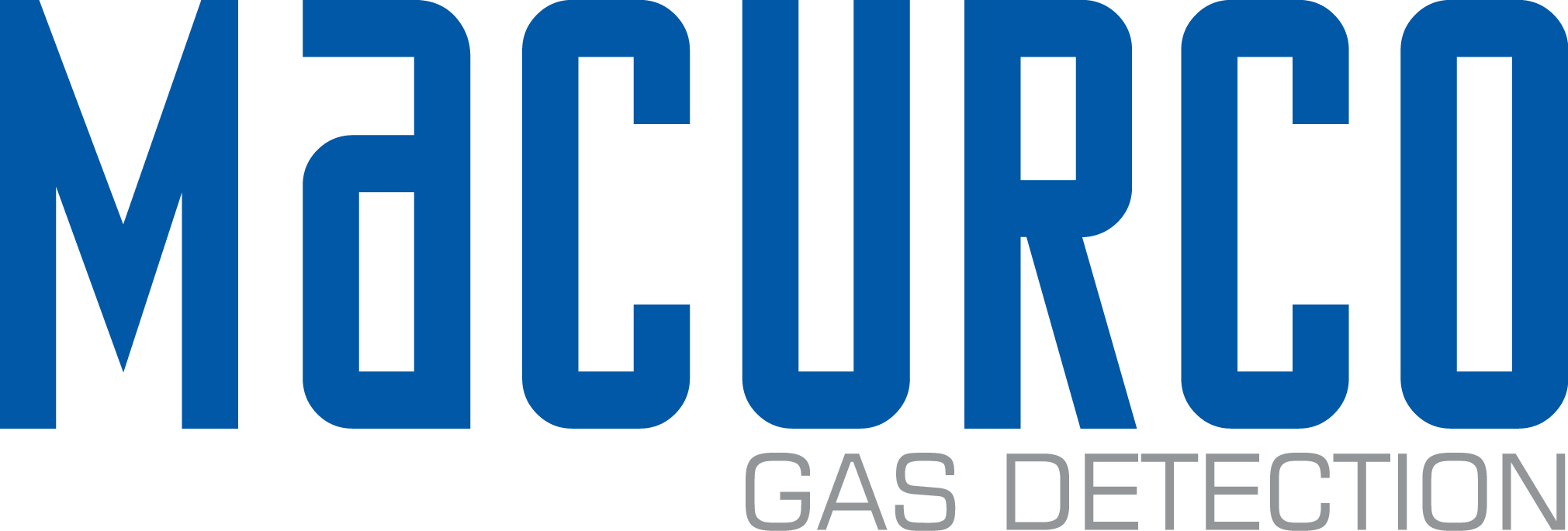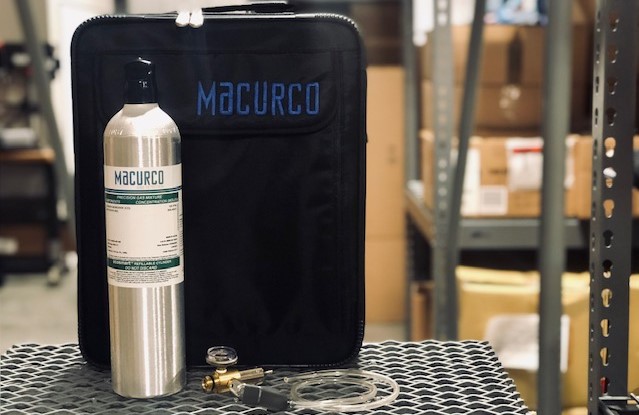
Testing and Calibration of Macurco Fixed Gas Monitors
Sioux Falls, SD – May 2020
A fixed gas monitor needs to be periodically calibrated to ensure its accuracy so you know it is keeping you, your employees, loved ones, and/or the public safe. Macurco portable and fixed gas detectors are factory-calibrated and 100% tested for proper operation. All Macurco user manuals lay out how to test and calibrate each monitor.
• Gas detector performance should be tested regularly as drift may occur. Ensure sensor inlets are unobstructed and free of debris before the test.
• Using a certified gas with a concentration other than the one listed for this detector when conducting a calibration or calibration verification test (bump test) will produce inaccurate readings. This means that higher levels of the gas being monitored may be present.
• Some models allow for field calibration to ensure that the device is working properly. Replacement sensors are also available for applicable models.
• The calibration frequency of fixed systems depends upon sensor types, the installed environment, and use. Based on usage, calibration frequencies can be required more often or less often.
• Macurco recommends that a bump test or calibration be performed if it is suspected that the instrument has been subjected to any condition that could have an adverse effect on the unit (sensor poisons, high
gas concentrations, extreme temperature, mechanical shock or stress, etc).
• A typical Macurco calibration kit includes a gas cylinder(s), gas regulator with plastic tubing, sensor calibration hood, and carrying case.
• One FCK (field calibration kit) can calibrate several detectors. The only limitation is the amount of gas in the cylinder. Replacement cylinders are available and should be replaced when the pressure gauge on the regulator shows 25 PSI (pounds per square inch) or less.
• Detectors should be tested and calibrated in clean air with the green light on and be in a location with low ambient airflow. Detectors must be powered for at least 3 minutes before testing or calibrating.
• The CME1-FTG is an 11L 500 ppm Aerosol Carbon Monoxide Field Test Gas that can be used with the CM-E1, CX-6, CX-12, CM-6, and CM-12. This field test gas allows installers to do a quick functionality test of the CO sensor. The flow rate of the CME1-FTG is 10 LPM (liters per minute), so there is about one minute of gas (tests 20-30 sensors).
About Macurco Gas Detection
Macurco Inc. designs, develops, and manufactures a complete set of fixed and portable gas detection monitors to protect workers, responders, and the community. Macurco has over 50 years of proven gas detection experience in residential, commercial, and industrial gas monitoring. Macurco gas detection systems (HVAC, Fire & Security, AimSafety, and TracXP) are widely recognized by distributors and users for their high performance and consistent reliability.
Macurco is based in Sioux Falls, South Dakota. Learn more at www.macurco.com.
For more information about Macurco products, applications, or gases, please get in touch with Macurco at 877-367-7891 or email us at [email protected].
Share This Article!
Recent Articles
Gas Detector Calibration
Calibrating a gas detector is critical to ensure its accuracy and reliability in detecting potentially harmful gases in various environments. At Macurco, we recommend yearly calibration on all the gas monitors we manufacture.
Fixed Gas Detector Mounting Height
One of the most common questions we receive, is “What height should I mount my gas detector?” This post will walk you through the most common gas types and where a Macurco gas monitor should be mounted for applicable safety.
Subscribe for Updates
"*" indicates required fields

